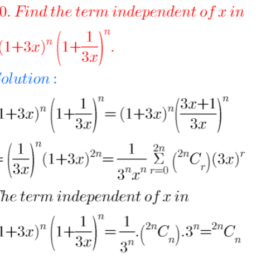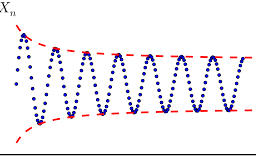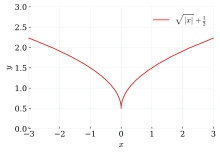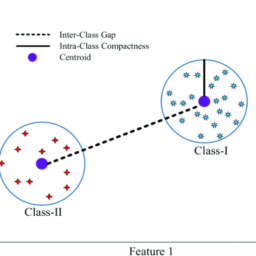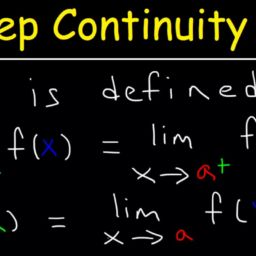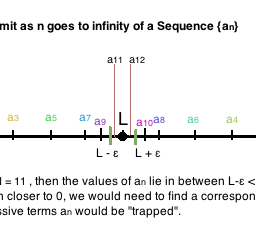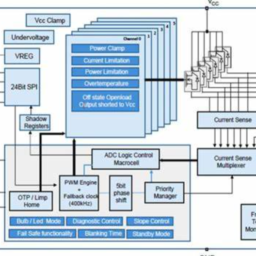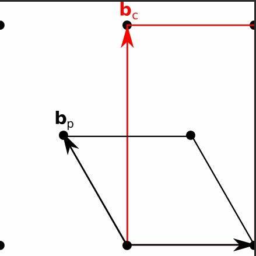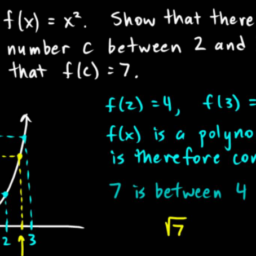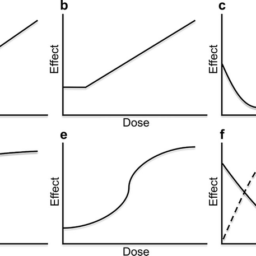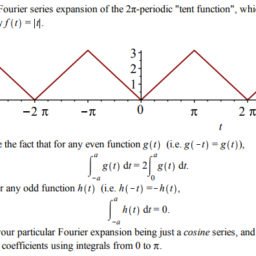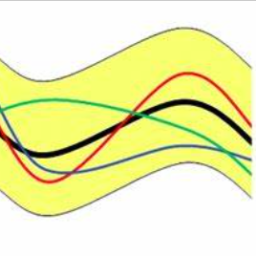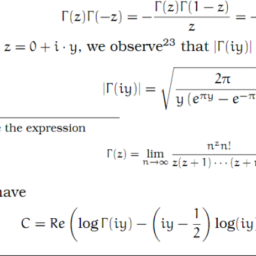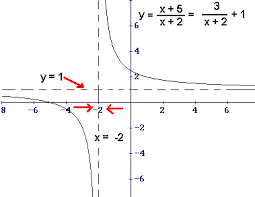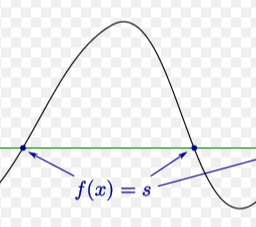微积分note Absolute Convergence
Definition 5.2.1 A series $\sum_{k-m}^{\infty} a_{k}$ is said to converge absolutely if $\sum_{k-m}^{\infty}\left|a_{k}\right|$ converges. If the series does converge but does not converge absolutely, then it is said to converye conditionally.
Theorem $5.2 .2$ If $\sum_{k-m}^{\infty} a_{k}$ converges absolutely, then it converges.
Proof: Let $\varepsilon>0$ be given. Then by assumption and Theorem 5.1.7, there exists $n_{e}$ such that whenever $q \geq p \geq n_{e}, \sum_{k-p}^{q}\left|a_{k}\right|<\varepsilon$. Therefore, from the triangle inequality, $\varepsilon>\sum_{k-p}^{q}\left|a_{k}\right| \geq\left|\sum_{k-p}^{q} a_{k}\right|$. By Theorem $5.1 .7, \sum_{k-m}^{\infty} a_{k}$ converges.
In fact, the above theorem is really another version of the completeness axiom. Thus its validity implies completeness. You might try to show this.
One of the interesting things about absolutely convergent series is that you can “add them up” in any order and you will always get the same thing. This is the meaning of the following theorem. Of course there is no problem when you are dealing with finite sums thanks to the commutative law of addition. However, when you have infinite sums strange and wonde
rful things can happen because these involve a limit.
Theorem $5.2 .3$ Let $\theta: \mathbb{N} \rightarrow \mathbb{N}$ be one to one and onto. Suppose $\sum_{k-1}^{\infty} a_{k}$ converges absolutely. Then
$$
\sum_{k=1}^{\infty} a_{\theta(k)}=\sum_{k=1}^{\infty} a_{k}
$$
Proof: From absolute convergence, there exists $M$ such that
$$
\sum_{k=M+1}^{\infty}\left|a_{k}\right| \equiv\left(\sum_{k=1}^{\infty}\left|a_{k}\right|-\sum_{k=1}^{M}\left|a_{k}\right|\right)<\varepsilon
$$
Since $\theta$ is one to one and onto, there exists $N \geq M$ such that ${1,2, \cdots, M} \subseteq$ ${\theta(1), \theta(2), \cdots, \theta(N)}$. It follows that it is also the case that $\sum_{k-N+1}^{\infty}\left|a_{\theta(k)}\right|<\varepsilon$. This is because the partial sums of the above series are each dominated by a partial sum for $\sum_{k-M+1}^{\infty}\left|a_{k}\right|$ since every index $\theta(k)$ equals some $n$ for $n \geq M+1$. Then since $E$ is arbitrary, this shows that the partial sums of $\sum a_{\theta(k)}$ are Cauchy. Hence, this series does converge and also
$$
\left|\sum_{k=1}^{M} a_{k}-\sum_{k=1}^{N} a_{\theta(k)}\right| \leq \sum_{k-M+1}^{\infty}\left|a_{k}\right|<\varepsilon
$$
Hence
$$
\begin{aligned}
&\left|\sum_{k=1}^{\infty} a_{k}-\sum_{k=1}^{\infty} a_{\theta(k)}\right| \leq\left|\sum_{k=1}^{\infty} a_{k}-\sum_{k=1}^{M} a_{k}\right|+\left|\sum_{k=1}^{M} a_{k}-\sum_{k=1}^{N} a_{\theta(k)}\right| \
&+\left|\sum_{k=1}^{N} a_{\theta(k)}-\sum_{k=1}^{\infty} a_{\theta(k)}\right|<\sum_{k=M+1}^{\infty}\left|a_{k}\right|+\varepsilon+\sum_{k=N+1}^{\infty}\left|a_{\theta(k)}\right|<3 \varepsilon
\end{aligned}
$$
Since $E$ is arbitrary, this shows the two series are equal as claimed.
So what happens when series converge only conditionally?
Example $5.2 .4$ Consider the series $\sum_{k=1}^{\infty}(-1)^{k} \frac{1}{k} .$ Show that there is a rearrangement which converges to 7 although this series does converge. (In fact, it converges to $-\ln 2$ for those who remember calculus.)
First of all consider why it converges. Notice that if $S_{n}$ denotes the $n^{t h}$ partial sum, then
$$
\begin{aligned}
S_{2 n}-S_{2 n-2} &=\frac{1}{2 n}-\frac{1}{2 n-1}<0 \\ S_{2 n+1}-S_{2 n-1} &=-\frac{1}{2 n+1}+\frac{1}{2 n}>0 \
S_{2 n}-S_{2 n-1} &=\frac{1}{2 n}
\end{aligned}
$$
Thus the even partial sums are decreasing and the odd partial sums are increasing. The even partial sums are bounded below also. (Why?) Therefore, the limit of the even partial sums exists. However, it must be the same as the limit of the odd partial sums because of the last equality above. Thus $\lim {n \rightarrow \infty} S{n}$ exists and so the series converges. Now I will show later that $\sum_{k-1}^{\infty} \frac{1}{2 k}$ and $\sum_{k-1}^{\infty} \frac{1}{2 k-1}$ both diverge. Include enough even terms for the sum to exceed 7 . Next add in enough odd terms so that the result will be less than 7 . Next add enough even terms to exceed 7 and continue doing this. Since $1 / k$ converges to 0 , this rearrangement of the series must converge to 7 . Of course you could also have picked 5 or $-8$ just as well. In fact, given any number, there is a rearrangem
ent of this series which converges to this number.
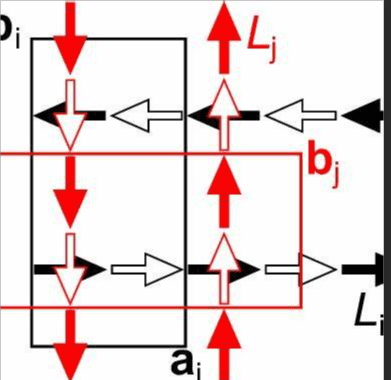
定义 5.2.1 如果 $\sum_{km}^{\infty}\left|a_{k}\right|$ 则称一个级数 $\sum_{km}^{\infty} a_{k}$ 绝对收敛收敛。如果级数确实收敛但不是绝对收敛,则称它有条件地收敛。
定理 $5.2 .2$ 如果 $\sum_{k-m}^{\infty} a_{k}$ 绝对收敛,则它收敛。
证明:设$\varepsilon>0$。然后通过假设和定理 5.1.7,存在 $n_{e}$ 使得每当 $q \geq p \geq n_{e}, \sum_{kp}^{q}\left|a_{k}\right |<\伐普西隆$。因此,由三角不等式,$\varepsilon>\sum_{k-p}^{q}\left|a_{k}\right| \geq\left|\sum_{k-p}^{q} a_{k}\right|$.根据定理 $5.1 .7,\sum_{k-m}^{\infty} a_{k}$ 收敛。
事实上,上述定理确实是完备性公理的另一个版本。因此,它的有效性意味着完整性。你可以尝试展示这一点。
绝对收敛级数的一个有趣之处在于,您可以以任何顺序将它们“加起来”,并且您将始终得到相同的结果。这就是下面定理的意义。当然,由于加法交换律,在处理有限和时没有问题。然而,当你有无限的和奇怪的
rful 事情可能发生,因为这些涉及限制。
定理 $5.2 .3$ 令 $\theta: \mathbb{N} \rightarrow \mathbb{N}$ 是一对一的。假设 $\sum_{k-1}^{\infty} a_{k}$ 绝对收敛。然后
$$
\sum_{k=1}^{\infty} a_{\theta(k)}=\sum_{k=1}^{\infty} a_{k}
$$
证明:从绝对收敛,存在 $M$ 使得
$$
\sum_{k=M+1}^{\infty}\left|a_{k}\right| \equiv\left(\sum_{k=1}^{\infty}\left|a_{k}\right|-\sum_{k=1}^{M}\left|a_{k}\right|\对)<\伐普西隆
$$
由于$\theta$ 是一对一的,存在$N \geq M$ 使得${1,2, \cdots, M} \subseteq$ ${\theta(1), \theta( 2)、\cdots、\theta(N)}$。由此可见,$\sum_{k-N+1}^{\infty}\left|a_{\theta(k)}\right|<\varepsilon$ 也是如此。这是因为上述序列的部分和都由 $\sum_{k-M+1}^{\infty}\left|a_{k}\right|$ 的部分和支配,因为每个索引 $\theta对于 $n \geq M+1$,(k)$ 等于一些 $n$。那么由于$E$ 是任意的,这表明$\sum a_{\theta(k)}$ 的部分和是柯西。因此,这个系列确实收敛并且
$$
\left|\sum_{k=1}^{M} a_{k}-\sum_{k=1}^{N} a_{\theta(k)}\right| \leq \sum_{k-M+1}^{\infty}\left|a_{k}\right|<\varepsilon
$$
因此
$$
\开始{对齐}
&\left|\sum_{k=1}^{\infty} a_{k}-\sum_{k=1}^{\infty} a_{\theta(k)}\right| \leq\left|\sum_{k=1}^{\infty} a_{k}-\sum_{k=1}^{M} a_{k}\right|+\left|\sum_{k=1 }^{M} a_{k}-\sum_{k=1}^{N} a_{\theta(k)}\right| \
&+\left|\sum_{k=1}^{N} a_{\theta(k)}-\sum_{k=1}^{\infty} a_{\theta(k)}\right|<\ sum_{k=M+1}^{\infty}\left|a_{k}\right|+\varepsilon+\sum_{k=N+1}^{\infty}\left|a_{\theta(k) }\right|<3 \varepsilon
\end{对齐}
$$
由于 $E$ 是任意的,这表明这两个系列如所声称的那样相等。
那么当级数仅有条件地收敛时会发生什么?
示例 $5.2 .4$ 考虑级数 $\sum_{k=1}^{\infty}(-1)^{k} \frac{1}{k} .$ 表明存在收敛到 7 的重排,尽管这个系列确实收敛。 (事实上,对于那些记得微积分的人来说,它会收敛到 $-\ln 2$。)
首先考虑它为什么会收敛。请注意,如果 $S_{n}$ 表示 $n^{th}$ 部分和,则
$$
\开始{对齐}
S_{2 n}-S_{2 n-2} &=\frac{1}{2 n}-\frac{1}{2 n-1}<0 \\ S_{2 n+1}-S_{2 n-1} &=-\frac{1}{2 n+1}+\frac{1}{2 n}>0 \
S_{2 n}-S_{2 n-1} &=\frac{1}{2 n}
\end{对齐}
$$
因此,偶数部分和正在减少,而奇数部分和正在增加。偶数部分和也有界。 (为什么?)因此,存在偶数部分和的极限。但是,由于上面的最后一个等式,它必须与奇数部分和的限制相同。因此 $\lim {n \rightarrow \infty} S{n}$ 存在,因此级数收敛。现在我稍后将展示 $\sum_{k-1}^{\infty} \frac{1}{2 k}$ 和 $\sum_{k-1}^{\infty} \frac{1}{2 k-1}$ 都发散了。包括足够的偶数项以使总和超过 7 。接下来添加足够多的奇数项,以使结果小于 7 。接下来添加足够的偶数项以超过 7 并继续执行此操作。由于 $1 / k$ 收敛到 0 ,这个序列的重新排列必须收敛到 7 。当然,您也可以选择 5 美元或 -8 美元。事实上,给定任何数字,都会有一个重新排列
这个系列的 ent 收敛到这个数字。

微积分note Integer Multiples of Irrational Numbers 请认准UprivateTA™. UprivateTA™为您的留学生涯保驾护航。


